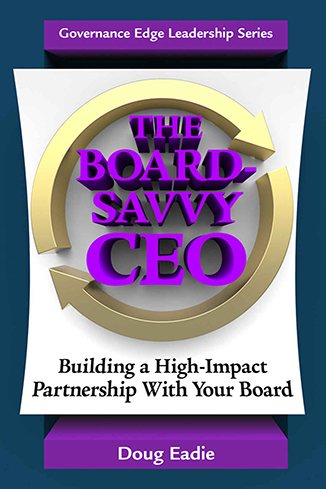The February 26 article at this blog, “About Nonprofit Business Models,” defines the term “business model” as a description of the “fundamental nature of the enterprise,” and points out that it must be periodically updated in response to environmental change if a nonprofit enterprise is to thrive and grow – indeed, to survive over the long run. The article ends on a dramatic note – with the observation that “one of the preeminent jobs of the nonprofit CEO in today’s world is to recognize the need to update her nonprofit’s business model, and to work closely with her board in accomplishing the update. . .”
In light of the tremendous importance of keeping your nonprofit’s business model updated – essentially making sure it is in sync with the current and anticipated environment – I’m delighted to present the first of two podcasts that Board Chair Guy Legault and CEO Michael Anderson have recorded, describing the meticulously designed business model update initiative that the Canadian Society of Association Executives has successfully carried out over the past three years or so. In this first podcast, Guy and Michael share their definition of “business model” and tell us what prompted CSAE to undertake this ambitious, time-consuming initiative. Their second podcast, which will be posted at this blog next week, describes the process that CSAE employed in updating its business model, the key elements of the updated model, and how CSAE has gone about implementing the model.
Among the key points that Guy and Michael make in this first podcast are that:
- A nonprofit’s business model is essentially about creating and delivering value to current and future customers.
- The preeminent reason for launching the update process was the recognition that CSAE’s current model wasn’t producing growth or financial stability. In fact, there were clear signs that CSAE might have a fiscal crisis on its hands if the then-existing model wasn’t thoroughly updated.
- A core problem of the old CSAE model was its preoccupation with serving CSAE’s traditional baby boomer members and the narrow definition of CSAE’s “customers” as traditional dues-paying members.
- And updating the CSAE business model, being a matter of “out of the box” innovation and change, couldn’t be accomplished through a traditional comprehensive strategic planning process that maintained current product/customer boundaries and merely projected existing operations into the future three or five years.





